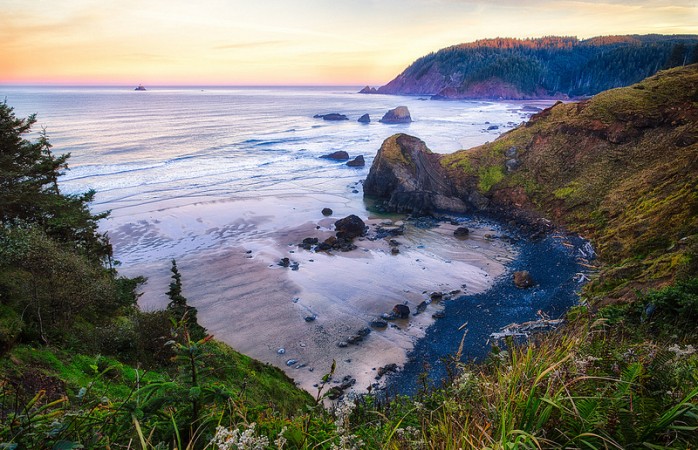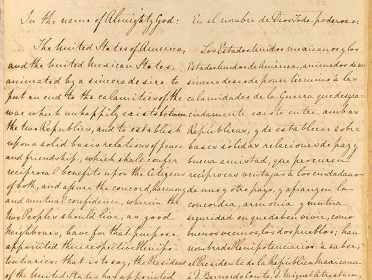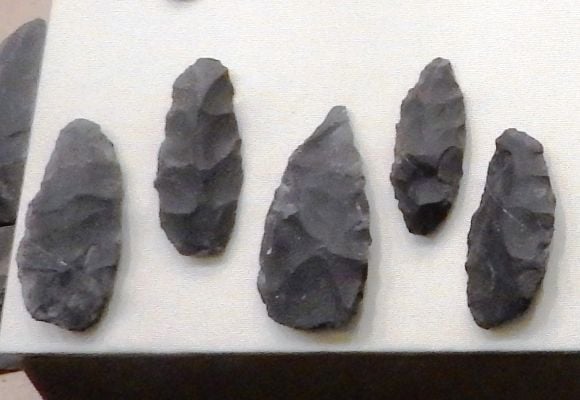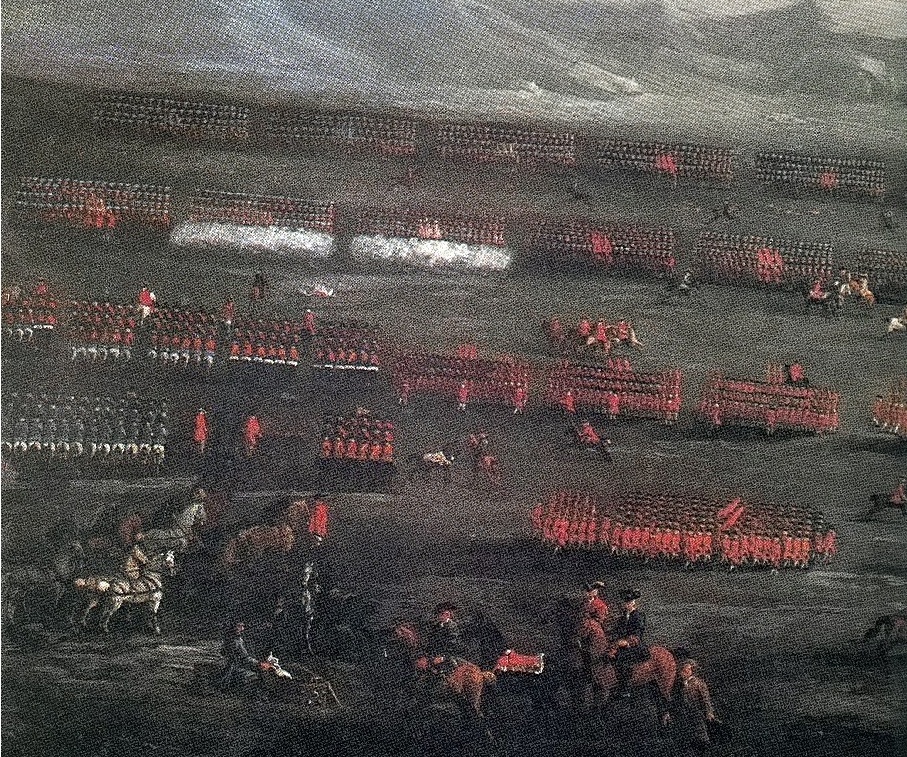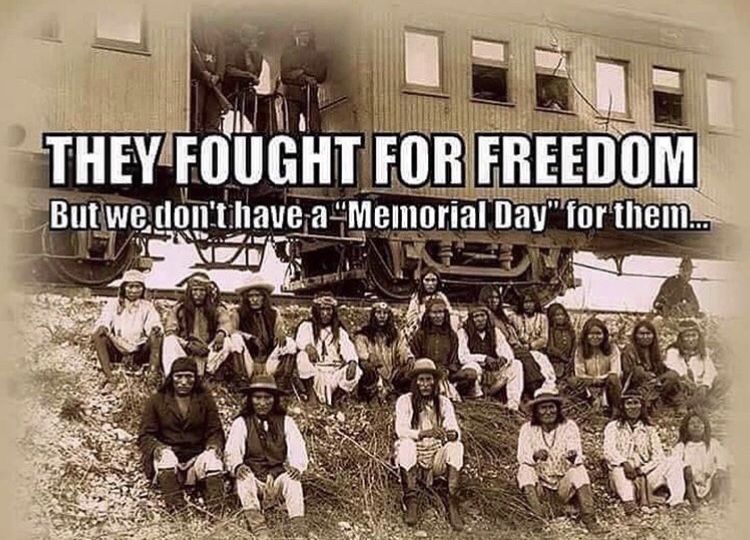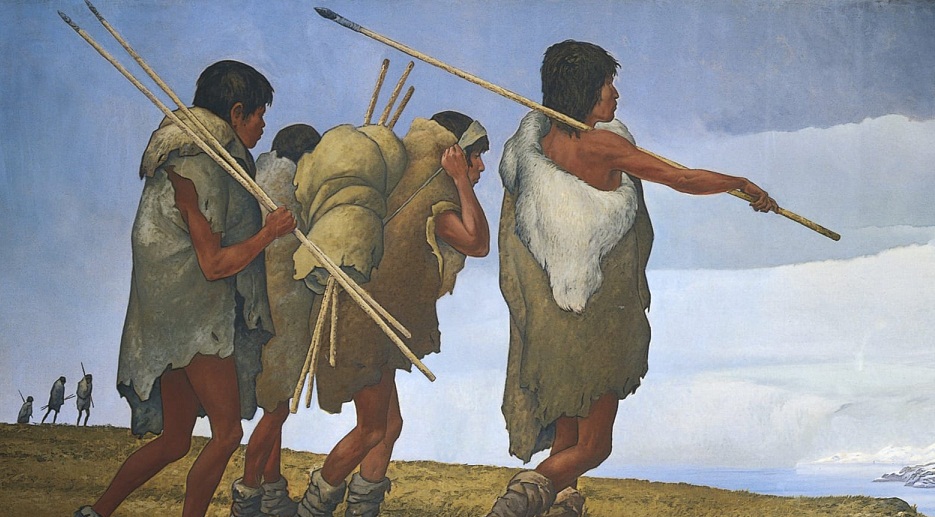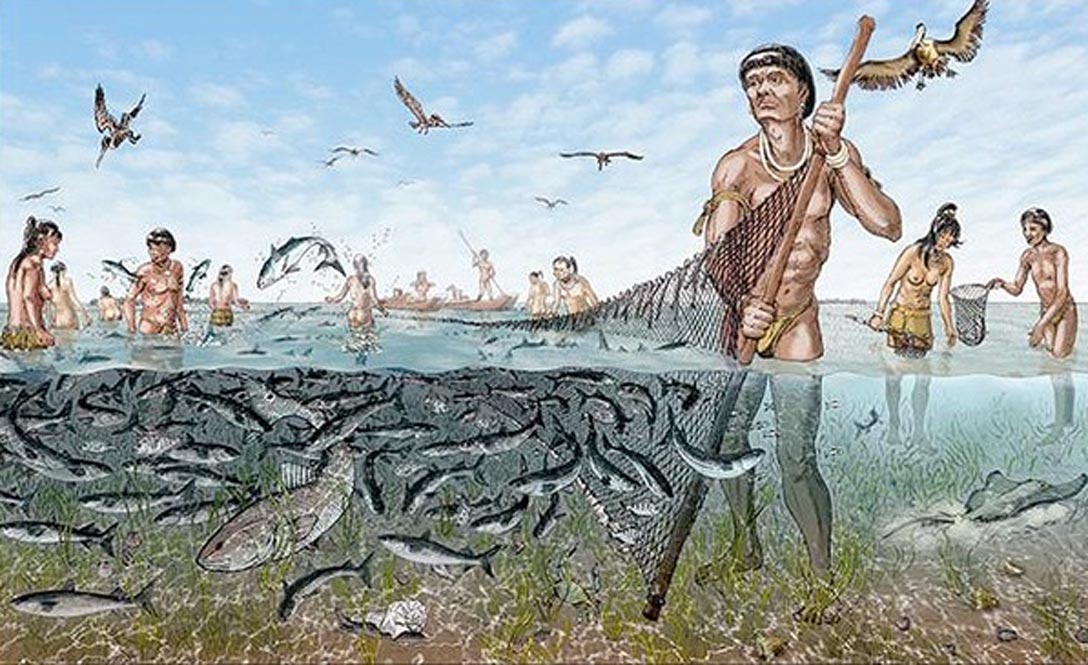Ancient America: Coastal Oregon, 13,000 to 7,500 Years Ago
The Oregon coast is a part of the larger Northwest Coast culture area which stretches from the Tlingit homelands in Alaska to the Tolowa homelands in northern California. The cultures along this coastal ecotone (an area between two biomes) share a number of common features, including a subsistence pattern which is centered on sea and littoral … Continued
